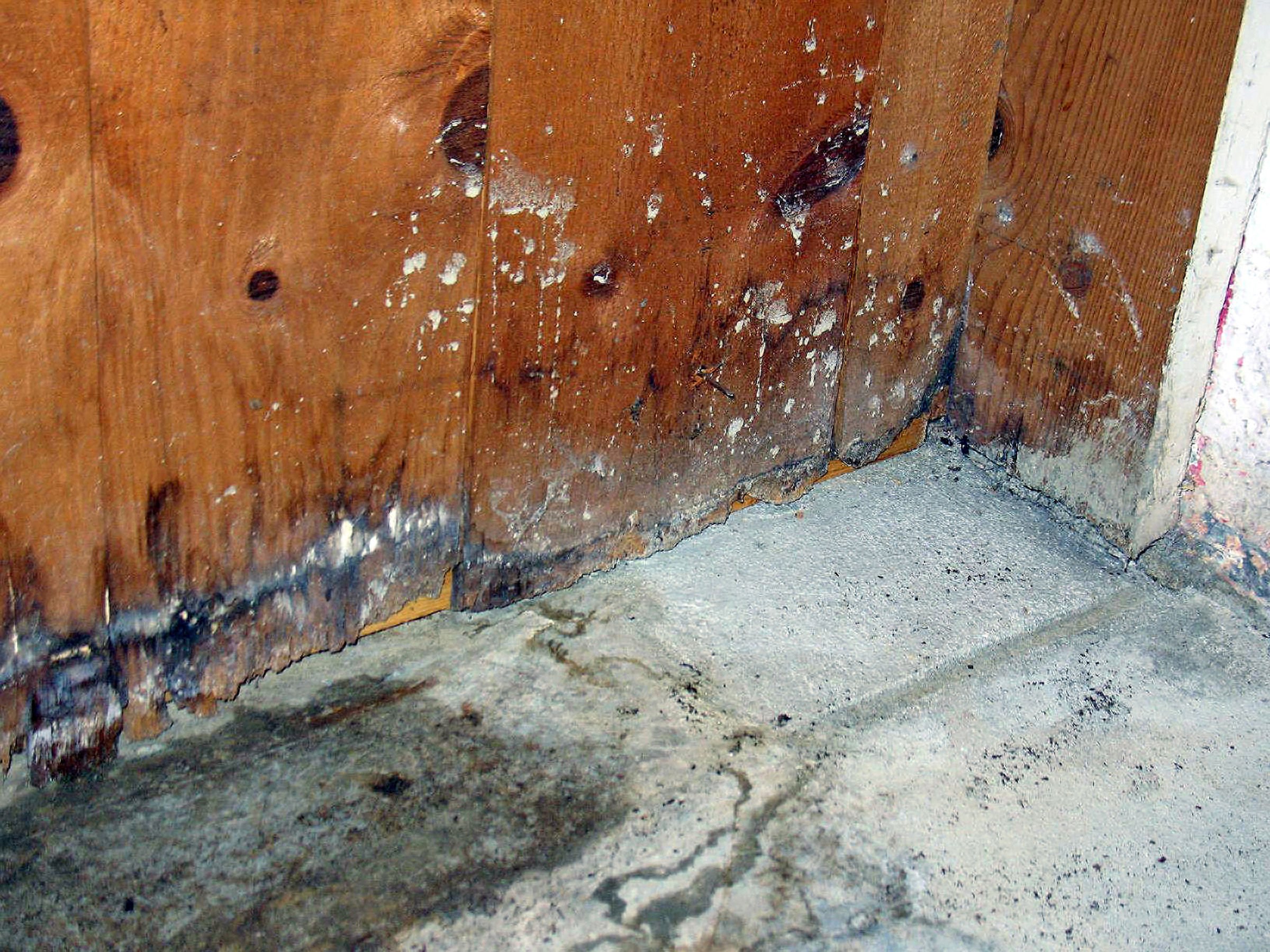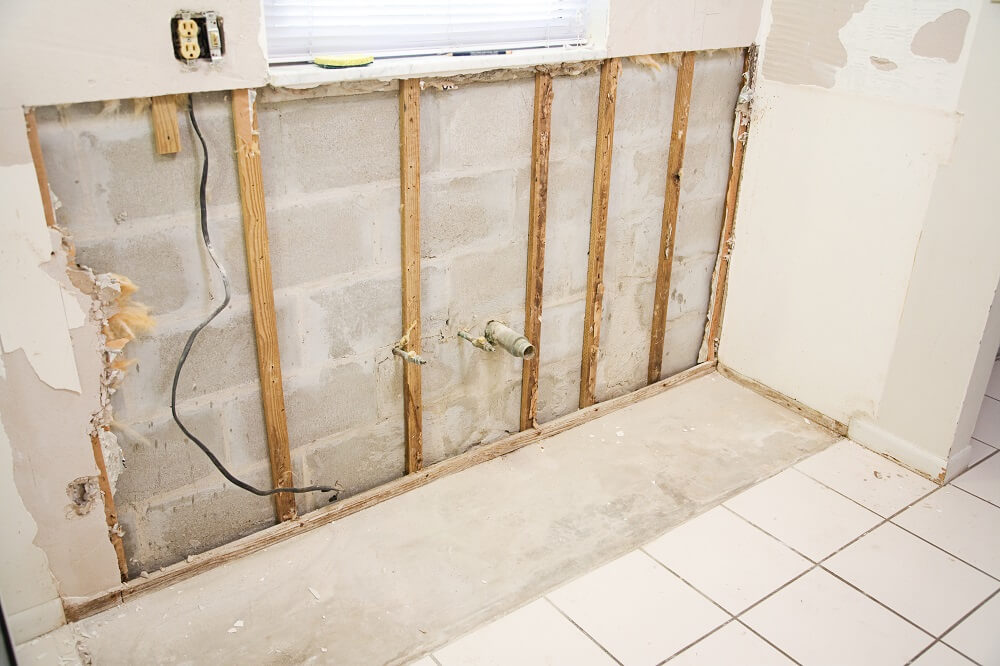Emergency Water Damage Restoration to Restore Your Property Quickly
The Process of Water Damage Cleaning: Ensuring Your Home Is Restored Successfully
Water damages can be a complicated challenge for house owners, requiring a careful and organized cleaning process to bring back safety and security and functionality. A comprehensive assessment is vital to recognize the level of the damages and determine the appropriate remediation steps. Following this, efficient water removal techniques play a pivotal function in alleviating additional injury. Nonetheless, the nuances of drying out, sterilizing, and ultimate repair are equally necessary and typically overlooked. Understanding these stages can make a significant difference in the result of your home's repair, triggering a closer consider what each step entails.
Assessing the Damages
Upon finding water damage, the initial step is to completely evaluate the degree of the impact. This initial evaluation is crucial, as it aids figure out the necessary steps for reliable cleanup and reconstruction. Begin by examining the impacted locations, including wall surfaces, ceilings, floors, and individual possessions, to determine the resource of the water intrusion, whether from flooding, leaks, or condensation.
Documenting the damages is important for both insurance cases and planning remediation efforts - damage restoration services. Usage pictures and composed notes to record the seriousness of the damage, noting any type of damaged architectural aspects and materials. Pay special focus to locations that may not be quickly visible, such as behind walls and under rugs, as concealed wetness can result in more problems, consisting of mold development
Additionally, examine the timeline of the water direct exposure. Inevitably, a detailed analysis lays the foundation for an effective water damages cleaning procedure, guaranteeing that all impacted locations are resolved properly and thoroughly.
Water Removal Strategies

Professionals commonly use completely submersible pumps for bigger volumes of water, which can quickly alleviate flooding in cellars or other affected locations. For smaller quantities, wet/dry vacuum cleaners are typically used to remove recurring moisture from carpetings and difficult surfaces. Additionally, making use of portable extractors enables targeted elimination in restricted spaces or locations with fragile materials.
In circumstances of infected water, such as sewage or floodwater, advanced removal methods might include using biohazard equipment to make certain security and compliance with wellness guidelines. High-powered extraction devices are vital in reducing water retention in architectural materials, which can bring about mold growth and architectural degeneration if not attended to promptly.
Eventually, the effectiveness of water extraction strategies plays a critical function in the total success of the water damage cleaning process, laying the foundation for subsequent repair efforts.
Drying and Dehumidification
As soon as standing water has actually been effectively removed, the following important phase in the water damages cleanup process is drying out and dehumidification. This action is necessary to protect against further damage and mold and mildew development, which can occur within 24 to two days in wet environments.
To attain effective drying, customized equipment such as industrial-grade air movers and dehumidifiers is utilized. Air moving companies circulate air across wet surfaces, improving dissipation prices, while dehumidifiers reduce humidity levels airborne, advertising a conducive atmosphere for drying out. The mix of these devices ensures that dampness is drawn out from home furnishings, wall surfaces, and floorings, permitting them to completely dry thoroughly.
It is very important to keep track of the drying procedure very closely. Experts often use dampness meters to analyze the dampness web content in different materials, making sure that all impacted areas reach acceptable dry skin degrees. This careful method helps to avoid hidden dampness pockets that might result in structural damage or unhealthy mold growth.

Cleaning and Sanitizing
After the drying out and dehumidification phase is complete, the following crucial step in water damages clean-up is cleaning up and sanitizing the affected locations. This procedure is important to avoid the development of mold and mildew, bacteria, and various other pathogens that grow in moist environments.
The cleansing phase usually involves getting rid of any particles, dirt, and contaminants from surface areas using specialized cleaning up agents. For difficult surfaces, a mix of soap and water or industrial cleaning products is usually utilized. Soft products, such as upholstery and rugs, may call for more considerable cleaning techniques, consisting of steam cleaning or deep removal strategies, to guarantee thorough cleanliness.

Disinfecting follows cleaning, utilizing EPA-approved disinfectants to get rid of dangerous microorganisms. This action is vital, specifically in locations that may have entered into call with floodwaters or sewage, as these sources can posture severe health risks.
Additionally, it is very important to deal with any type of continuing to be odors, which may need using odor neutralizers or advanced methods like ozone treatment. Proper cleansing and sanitizing not just bring back the safety and health of your home yet also prepared for effective reconstruction and repair work in succeeding phases of the water damage cleaning procedure.
Repair and Repair Work

When the evaluation is full, go to this website restoration initiatives can start. This normally includes fixing or replacing broken materials, making sure that all job abides with regional building regulations and criteria. If drywall has actually been endangered, it will certainly need to be removed and changed with new material. Additionally, flooring might require similar interest, depending on the degree of water exposure.
It is vital to engage seasoned repair specialists during this process, as they have the know-how to handle intricate repair work successfully. In addition, they can aid alleviate prospective future issues, such as mold and mildew pop over to these guys development or structural instability, hence making sure a risk-free and habitable living setting. Inevitably, effective restoration and repair work restore the home's honesty and improve its general worth.
Final Thought
In conclusion, the process of water damage cleanup is crucial for bring back a home to its pre-damage problem. Each phase, from examining the damages to executing efficient water removal techniques, complied with by complete drying, disinfecting, and essential fixings, plays a necessary role in guaranteeing safety and security and compliance with structure requirements. Effective implementation of these steps not just mitigates instant damage but also boosts the long-term integrity and value of the home.
Water damages can be an overwhelming difficulty for home owners, demanding a structured and thorough cleanup procedure to recover safety and performance. Eventually, a thorough evaluation lays the foundation for a successful water damages cleaning procedure, making certain that all affected locations are dealt with effectively and completely.
Reliable water removal methods are vital in mitigating damages and avoiding further issues following a water invasion occasion.In final thought, the process of water damage cleaning is essential for recovering a home to its pre-damage problem. Each phase, from examining the damage to applying efficient water removal methods, followed by extensive drying out, disinfecting, and required repairs, plays an important function in making certain security and compliance with structure standards.